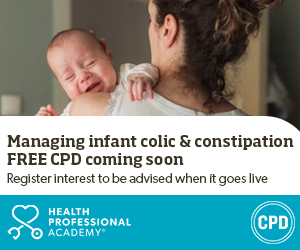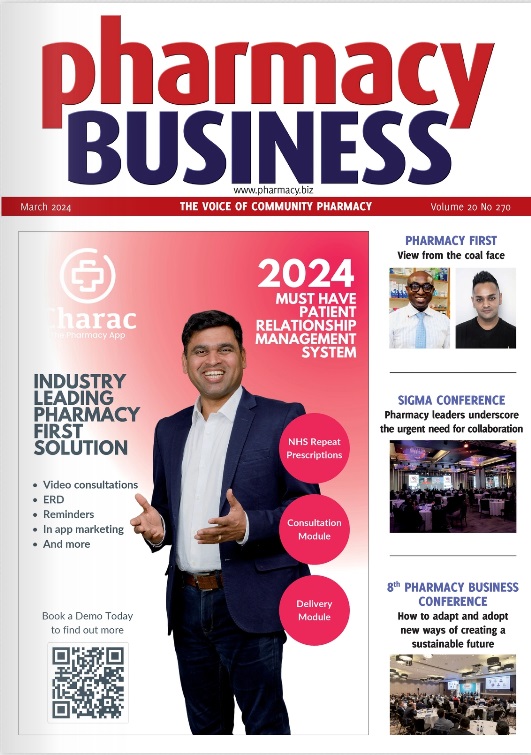Welcome to our comprehensive guide on understanding and managing musculoskeletal pain. This type of discomfort, often arising from an injury to the body’s muscles, joints, tendons, ligaments, or nerves, can lead to significant functional impairment and reduced quality of life. In the following sections, we’ll delve into the causes, diagnosis, and various treatment options for musculoskeletal pain, equipping you with the knowledge you need to manage and alleviate your symptoms effectively.
Consult a Medical Professional
While this guide offers a general understanding of musculoskeletal pain, it is critical to consult with a healthcare professional for any pain or discomfort you may be experiencing. Health practitioners can offer a proper diagnosis and develop a personalized treatment plan that considers your specific symptoms, condition, and overall health. For example, the best physical therapists can suggest a variety of exercises and stretches to help strengthen muscles and alleviate pain. Some pain may require surgery, while others can be managed with medication or physical therapy. Your medical provider will work with you to find the most effective treatment plan.
Common Culprits
Numerous conditions and situations can lead to musculoskeletal pain. These can range from acute injuries such as sprains, strains, and fractures, to chronic conditions like arthritis, osteoporosis, and fibromyalgia. Overuse or repetitive stress injuries—frequently seen in athletes and individuals whose jobs involve repetitive motions—are another common cause. Poor posture, particularly when sitting for extended periods, can also contribute to discomfort. It’s essential to remember that these are just a few examples; countless factors can result in musculoskeletal pain, reinforcing the importance of professional medical evaluation and treatment.
Chronic vs. Acute Pain
Understanding the difference between chronic and acute pain is crucial in managing musculoskeletal discomfort. Acute pain typically occurs suddenly as a result of a specific injury or illness and is generally short-lived, resolving as the body heals. Examples include a sprained ankle or a minor burn.
Chronic pain, on the other hand, persists for longer periods—often three months or more. This endurance often occurs even after the initial injury or illness that caused it has healed. Chronic pain can result from conditions such as arthritis, fibromyalgia, or the long-term effects of an injury.
It’s essential to understand that chronic pain not only affects physical well-being but can also have profound psychological impacts, leading to conditions like depression or anxiety. Therefore, chronic pain often requires a more holistic, long-term management strategy that addresses both physical and mental health aspects.
The Complexity of Joints
Joints, the points where two bones meet, embody complexity and intricacy in the human body. They play a pivotal role in providing mobility and flexibility, allowing for a wide range of movements from walking and bending to fine motor skills like writing or threading a needle. However, their complexity also makes them susceptible to various forms of musculoskeletal pain. Arthritis, a common condition affecting the joints, can cause severe discomfort and impede mobility.
It occurs when the protective cartilage that cushions the ends of your bones wears down over time, leading to pain, stiffness, and swelling. Another condition, bursitis, involves inflammation of the bursae, small fluid-filled sacs that cushion the bones, tendons, and muscles near your joints. These are just two examples showing how the complexity of our joints can lead to various musculoskeletal issues, further emphasizing the importance of proper diagnosis and treatment from a healthcare professional.

Image source:https://www.pexels.com/photo/a-child-holding-a-skeleton-model-8471852/
Back Pain Explained
Back pain is a prevalent and often debilitating form of musculoskeletal discomfort that can significantly impact an individual’s quality of life. It can range from a dull, constant ache to a sudden, sharp sensation, making any movement intensely painful. This discomfort can be divided into two main categories: acute and chronic. Acute back pain is sudden and short-term, typically lasting a few days to weeks. It’s most commonly triggered by a fall, heavy lifting, or an accident. Chronic back pain, however, is more persistent, lasting three months or longer, often even after the initial injury or cause of pain has been treated.
The complexity of the human back, with its intricate arrangement of bones, discs, muscles, and ligaments, contributes to its vulnerability to injury and discomfort. Conditions such as herniated discs, where the soft, jelly-like center of a spinal disc pushes out through a tear in the tougher exterior casing, can cause severe pain. Spinal stenosis, a narrowing of the spaces within your spine, is another condition that can put pressure on the nerves that travel through the spine and result in back pain. Other potential causes include osteoarthritis, skeletal irregularities, and some types of infections or tumors.
As with all forms of musculoskeletal pain, it’s crucial to consult a healthcare professional for an accurate diagnosis and appropriate treatment plan if you’re experiencing back pain. Management strategies can range from physical therapy and pain medications to surgery in more severe cases. Maintaining a healthy weight, staying active, and practicing good posture can also help prevent back pain.
Arthritis and Musculoskeletal Health
Arthritis, a term referring to joint inflammation, is a common cause of musculoskeletal discomfort and can significantly impact an individual’s quality of life. It is characterized by symptoms such as joint pain, stiffness, swelling, and reduced range of motion. Arthritis is not a single disease, but rather a way of referring to joint disease or joint pain. There are more than 100 different types of arthritis, with osteoarthritis being the most prevalent.
Osteoarthritis involves wear-and-tear damage to the joint’s cartilage, the hard, slick coating on the ends of bones. Enough damage can induce bone grinding directly on the bone, resulting in discomfort and limited movement. This wear and strain can develop gradually over time or be accelerated by a joint injury or infection.
Rheumatoid arthritis, another common type, is an autoimmune disorder that primarily affects the joints. In this disease, the body’s immune system mistakenly attacks the lining of the joint capsule, leading to inflammation and pain. If left untreated, it can cause joint deformity and mobility issues.
Arthritis can affect anyone, regardless of age or gender, but it is most common among women and older individuals. Multiple factors influence the onset of arthritis, including genetics, previous injuries, infections, or underlying diseases.
In conclusion, musculoskeletal pain can stem from a wide range of causes and affect various parts of the body. It’s essential to consult with a healthcare professional for proper diagnosis and treatment, as well as to adopt healthy habits and practices to prevent or manage discomfort effectively. With the right approach, you can alleviate your symptoms and improve your overall musculoskeletal health.









